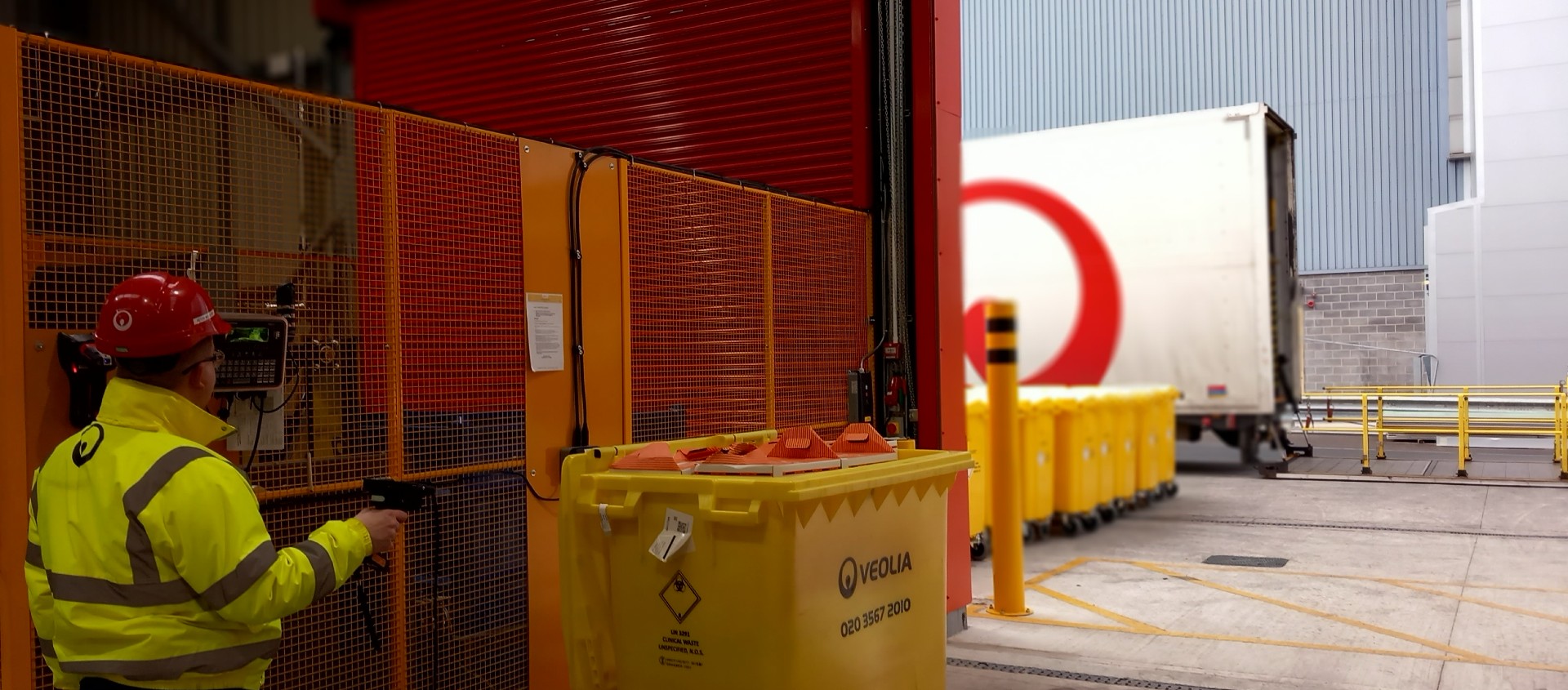New Clinical Waste Strategy will help reduce emissions by 30%

A new Clinical Waste Strategy has been published by NHS England which aims to deliver a 30% reduction in carbon emissions.
The document sets out NHS England’s ambition to transform the management of clinical waste by eliminating unnecessary waste, finding innovative ways to reuse, and ensuring waste is processed in the most-cost-effective, efficient, and sustainable way.
NHS providers in England currently produce around 156,000 tonnes of clinical waste a year that is either sent for high-temperature incineration (HTI) or alternative treatment (AT – equivalent to over 400 loaded jumbo jets of waste.
And this has a significant environmental impact and is associated with high running costs and carbon emissions.
Saving money, saving the planet
The new strategy, when implemented, aims to reduce future waste volumes, helping to generate approximately £11m in revenue savings every year for the next 10 years.
It will also lead to a 30% reduction in carbon emissions, helping to deliver the NHS’s ambition to be net zero in its estate by 2040.
As one of the largest producers of waste in the country, it is vital that the NHS disposes it in a safe, efficient, and sustainable manner, and that we are only creating waste when absolutely necessary
The strategy sets a bold direction of travel for reforming the management of clinical waste, including specific actions for NHS estates teams:
In his foreword, Simon Corben, director of estates and head of profession at NHS England, said: “As one of the largest producers of waste in the country, it is vital that the NHS disposes it in a safe, efficient, and sustainable manner, and that we are only creating waste when absolutely necessary.
A step change
“This strategy has been created to support NHS providers in making the necessary step change in waste management practices.”
The strategy was published alongside the revised Health Technical Memorandum (HTM) 07-01: Safe and sustainable management of healthcare waste, which provides technical guidance and best practice for the safe management of healthcare waste and to ensure waste is segregated appropriately.
By using the latest technologies across data collection and monitoring, waste segregation and treatment, Veolia can help the NHS to benefit from increased sustainability and lower costs while maintaining essential compliance and safety
There is also a new tool to support trusts with waste management decisions, improve waste segregation, and help reduce waste-related carbon emissions.
Welcoming the publication, Donald Macphail, chief operating officer for treatment at waste management company, Veolia UK, said: “This will enable healthcare to advance the management of complex waste streams.
“By using the latest technologies across data collection and monitoring, waste segregation and treatment, Veolia can help the NHS to benefit from increased sustainability and lower costs while maintaining essential compliance and safety.
“From our operations, which serve over 200 healthcare facilities, we know that innovation and infrastructure, backed by training, is key to implementing this strategy and these new processes are already set to exceed the target of 50% carbon reduction by 2026.”